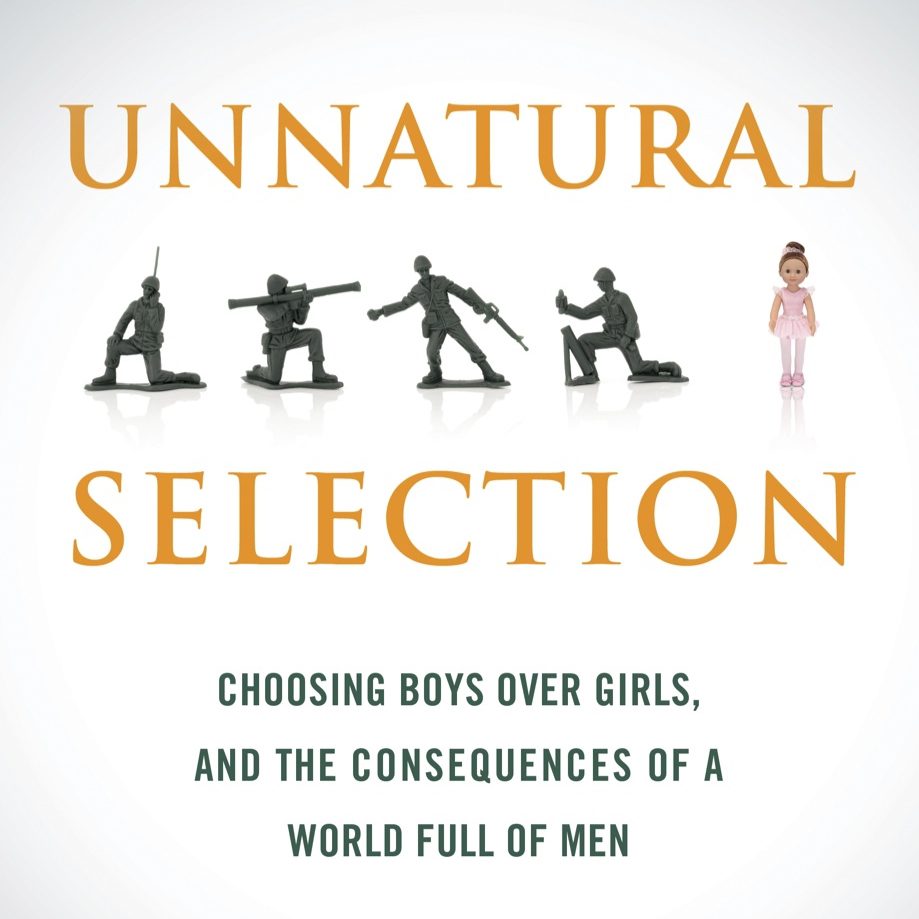Too Many Men
There are at least 60 million missing women in the world. Naturally this disparity would never occur. Without manipulation, sex ratios are consistent, with only a slight preference for males. The disparity is a man-made problem, evidencing deep set preferences for male babies and discrimination against and violence towards women. But the implications resulting from the disparity are even more troubling.
“Sex selection” refers to the process of controlling the sex of offspring. Sex-selective abortion following ultrasound scans is the most common means of sex selection worldwide. Other forms include preimplantation genetic diagnosis performed during in-vitro fertilization and an emerging method of abortion following fetal DNA tests. Such practices have been found in many countries, including Albania, Armenia, Azerbaijan, Georgia, South Korea, Taiwan, and Vietnam. However the biggest disparities are in India and China. In China it is estimated that 30 million more men than women will reach adulthood by 2020, with the one child policy driving the disparity. And in India, according to the most recent census, there are 37 million more men than women.

These drastic disparities create a population known as “surplus males.” When women are scarce they have the opportunity to be more selective in deciding whom to marry, and tend to “marry up.” Thus surplus males are liable to come from lower socioeconomic classes, be un- or underemployed and uneducated, and tend to concentrate in groups, living or socializing with other bachelors.
Surplus males comprise between 12 to 15 percent of India and China’s young adult male populations. With less to ground them and having been torn from traditional stories of progression and success, surplus men are a volatile part of society. They increase crime and violence. In India, violent crime rose by nearly 19 percent from 2007 to 2011. While it is impossible to completely attribute this rise to surplus men, in the same amount of time the kidnapping of women increased 74 percent, suggesting the surplus men have played a strong role.
The gender disparity greatly increases incentives in sex trafficking. As explained by journalist Mara Hvistendahl, “The high prices now drawn by women have compelled traffickers, agents, and gangs to venture into a booming trade in sex workers and bought brides.” The disparity has greatly benefitted the “bride trade,” increasing the number of agencies designed to peddle brides from poorer areas.
The hardest part to understand about this issue is the lack of attention it receives. When we take on sex trafficking in countries where sex selection is a problem, in part we are trying to cure a symptom rather than the cause of the problem. Similarly, battling the technology or process of selection fails to attack the root of the problem. We need to address the social and gender equalities that have inspired this problem.
For more information, check out Mara Hvistendahl’s book, Unnatural Selection: Choosing Boys over Girls, and the Consequences of a World Full of Men.
Sarah Pierce is Program Manager at Human Trafficking Search.
